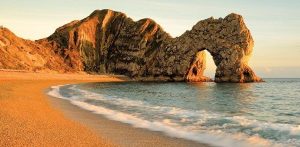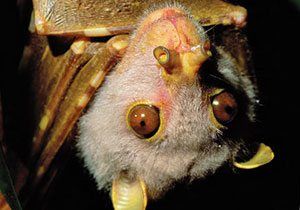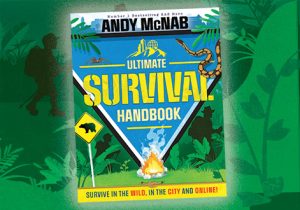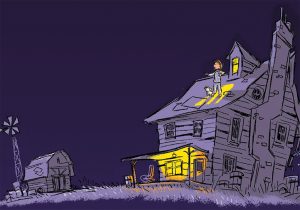
Lost city of Pompeii primary resource
Discover what happened when Mount Vesuvius erupted
This primary resource introduces children to the Ancient Roman city of Pompeii. Discover what happened when the Mount Vesuvius volcano erupted. When did excavations of the site begin? What warning signs are scientists monitoring for around the volcano today? How have scientists been able to recreate what happened in Pompeii in August A.D. 79?
Pupils will learn about how and what the ash from the volcano preserved from the ancient city in our National Geographic Kids’ Romans primary resource sheet.
The teaching resource can be used in study group tasks for learning more about the day the volcano erupted, as a printed handout for each pupil to review and annotate, or for display on the interactive whiteboard for class discussion.
Activity: Ask children to choose one of the subheadings in the resource and use the information and their own research to create their own comic strip based on that topic. They could also design their own statues of the Roman gods mentioned, in the style of the photographs shown in the resource.
N.B. The following information for mapping the resource documents to the school curriculum is specifically tailored to the English National Curriculum and Scottish Curriculum for Excellence. We are currently working to bring specifically tailored curriculum resource links for our other territories; including South Africa, Australia and New Zealand. If you have any queries about our upcoming curriculum resource links, please email: schools@ngkids.co.uk
This primary resource assists with teaching the following Key Stage 2 History objectives from the National Curriculum:
- Pupils should be taught about: the Roman Empire and its impact on Britain
And the following Key Stage 2 Geography objectives from the National Curriculum:
Pupils should be taught to:
- describe and understand key aspects of: physical geography, including: climate zones, biomes and vegetation belts, rivers, mountains, volcanoes and earthquakes, and the water cycle
This primary resource assists with teaching the following Social Studies Second level objective from the Scottish Curriculum for Excellence:
- I can discuss why people and events from a particular time in the past were important, placing them within a historical sequence
- I can compare and contrast a society in the past with my own and contribute to a discussion of the similarities and differences<
- I can describe the physical processes of a natural disaster and discuss its impact on people and the landscape
Scottish Curriculum for Excellence Third level Social Studies objective:
- Having investigated processes which form and shape landscapes, I can explain their impact on selected landscapes in Scotland, Europe and beyond.
- I can identify the possible consequences of an environmental issue and make informed suggestions about ways to manage the impact.
Scottish Curriculum for Excellence Fourth level Social Studies objective:
- I can explain how the interaction of physical systems shaped and continue to shape the Earth’s surface by assessing their impact on contrasting landscape types.
Download primary resource
More Like

Amazing places to visit this summer!

Meet Some Bonkers Bats!

Ultimate Survival Handbook









LEAVE A COMMENT
THANK YOU
Your comment will be checked and approved shortly.
WELL DONE,
YOUR COMMENT
HAS BEEN ADDED!
COMMENTS
that's interesting, like really!
yay
CUSTOMIZE YOUR AVATAR